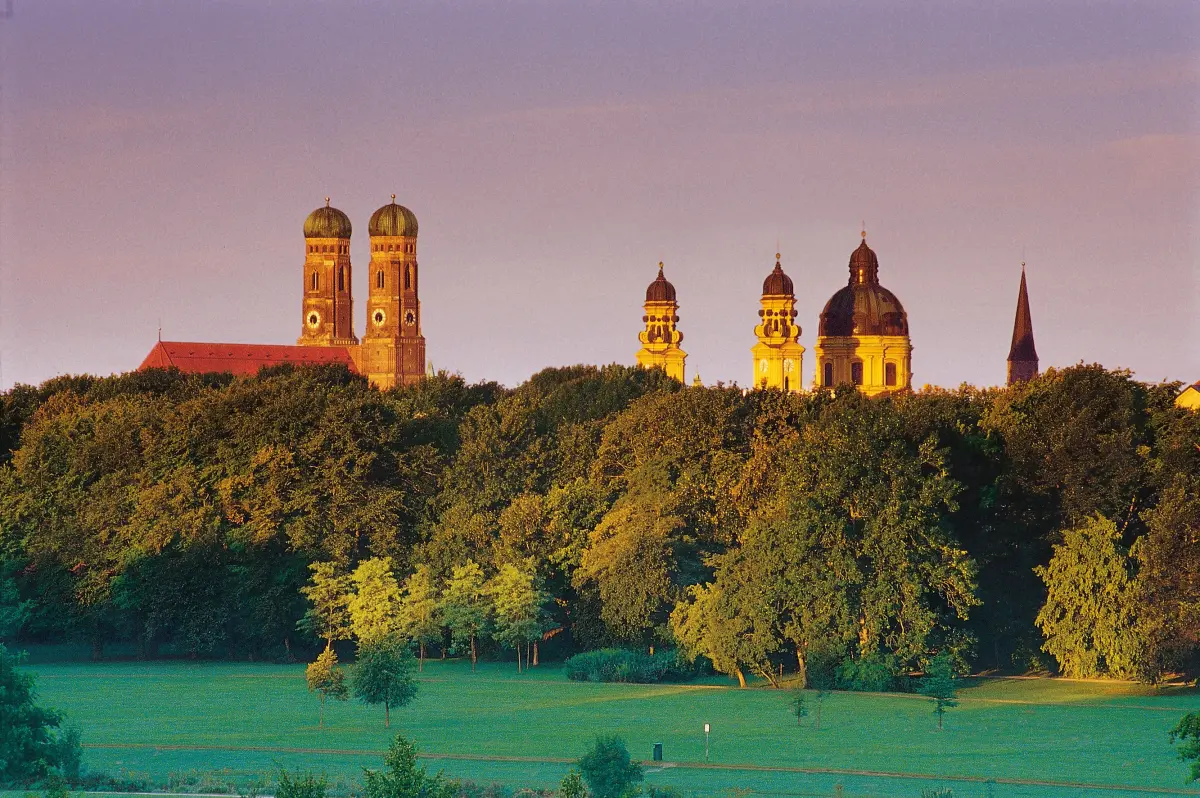To begin with, an alarming figure: almost half of Munich's urban area is sealed. In concrete terms, 47 per cent of the city's land is covered with buildings, asphalt or concrete - more than in any other major German city. This is the result of a recent survey commissioned by the German Insurance Association, which compared the 50 most populous cities in Germany.
According to this analysis, urban green spaces take up only 14 percent in the Bavarian capital. There are many reasons for this shortage. On the one hand, the city area is comparatively small in relation to the number of inhabitants and correspondingly densely built-up. Secondly, due to the housing shortage, vacant plots are often "redensified". Where once there were villas with spacious gardens, after their demolition, mostly larger apartment buildings are built, surrounded only by spaced greenery.
On the other hand, it is not only the number of urban green spaces that determines whether a city can offer its inhabitants attractive recreational spaces and good living conditions for many animal and plant species, including rare and endangered ones. If we look at the quality and diversity of natural areas, Munich certainly ranks among the best.
Large parks
Even if not to the same extent as elsewhere, smaller parks and green spaces also form cooling islands in Munich - especially important for the urban climate in summer. However, the city occupies a special position in another respect, namely through its two large parks close to nature. The English Garden alone covers an area of 375 hectares, making it one of the largest inner-city green spaces in the world. It even outshines Central Park in New York City. In addition, there is the Nymphenburg Palace Park and other larger parks such as the West and East Parks, the Hirschgarten, the Olympiapark, the Pasinger Stadtpark and the Riemer Park, which together contribute about 580 hectares of urban oases. Although these are mainly areas for recreational use, locals and guests interested in nature and species conservation also get their money's worth.
The English Garden
The English Garden as a historical park has always been an island for rare plants and animals, which find good conditions in meadows, bushes, woodland and floodplain forest areas.
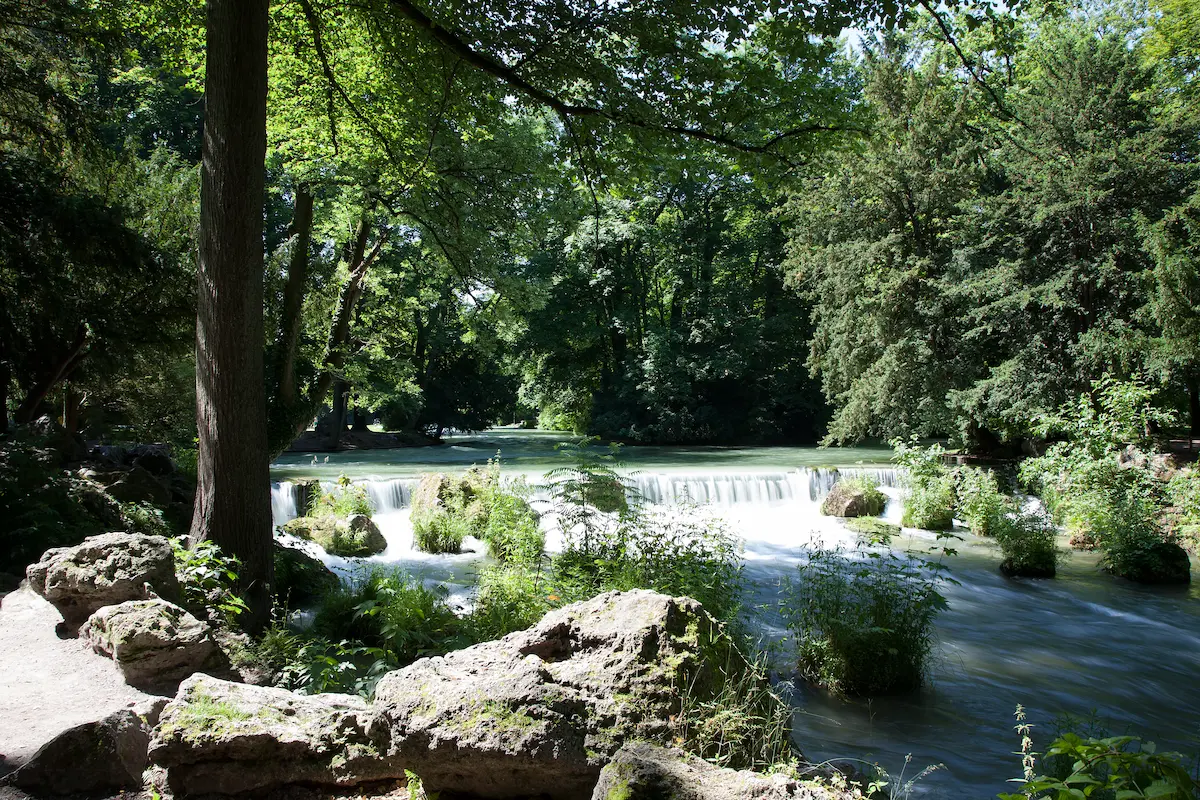
In addition to well-known mammal species such as beaver, deer, hare or fox, the species spectrum also includes more than 100 different birds, about half of which breed in the park. In addition to "common species", there are also some ornithological "delicacies" to be discovered, as we Munich residents like to say.
The bird song download "Die Vogelwelt des Münchner Englischen Gartens" (The bird world of Munich's English Garden) also features rarer species such as the hawfinch, grey woodpecker, little grebe and mistle thrush.
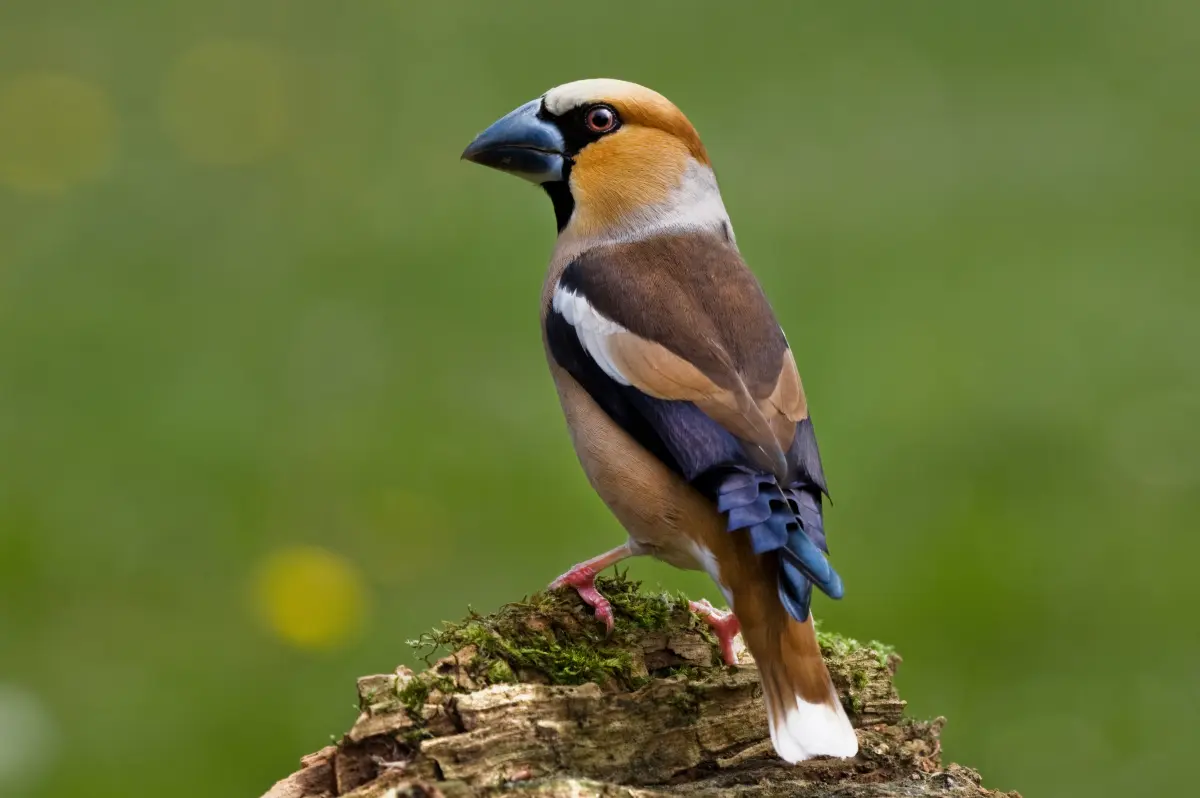
In order to further enhance the ecological significance of the park and thus promote biodiversity, the Bavarian Palace Department launched the project "Wildflower Meadows in the Garden Monument". To achieve these goals, compacted lawns are gradually being transformed back into species-rich and interconnected wildflower meadows using seed mixtures that are particularly suited to the location. In this way, the 32 species of wild bees found in the English Garden, including the rare red-feathered keel sand bee, will find suitable plants for breeding and thus improved living conditions.
The Nymphenburg Palace Park
The 180-hectare park within its walls is both an inner-city landscape conservation area and almost entirely a European Natura2000 site.
Park visitors can witness a special spectacle in June when thousands of gold dust leaf beetles go in search of a mate, or rather fly, on the "Löwentalwiese".
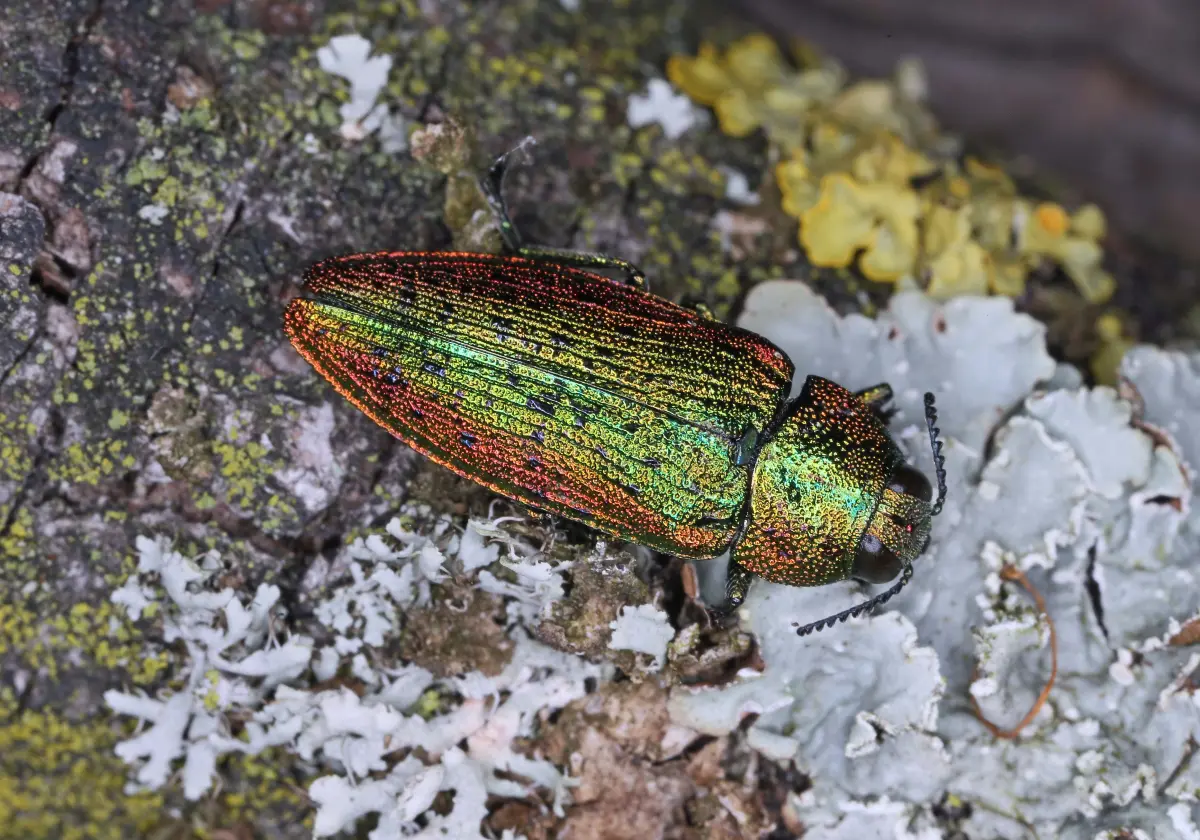
A survey presented in 2020 found a total of 165 animals and plants in the castle park that are listed in the Red Lists of endangered or declining species. This proves the park's function as an island of nature. Unlike in the city, cats hardly ever come into the park as predators, which is why it is considered a bird paradise. Many nature lovers and ornithologists from all over the world have visited the castle park, where the impressive number of 198 bird species have been observed in 120 years. konnte.
Probably the best-known birds in the park are the tawny owls, which are best observed in their tree hollows when the trees are bare of leaves on sunny days. The Landesbund für Vogelschutz (LBV) regularly offers observation tours where you can experience the animals without disturbing them. Speaking of disturbance: time and again there are missed or abandoned broods due to photographing "trophy hunters" who recklessly stalk off the beaten track. Therefore, the urgent request and reminder: stay on the paths in the park and generally in sensitive nature zones and join the excursion offers of the nature conservation associations such as bird song walks.
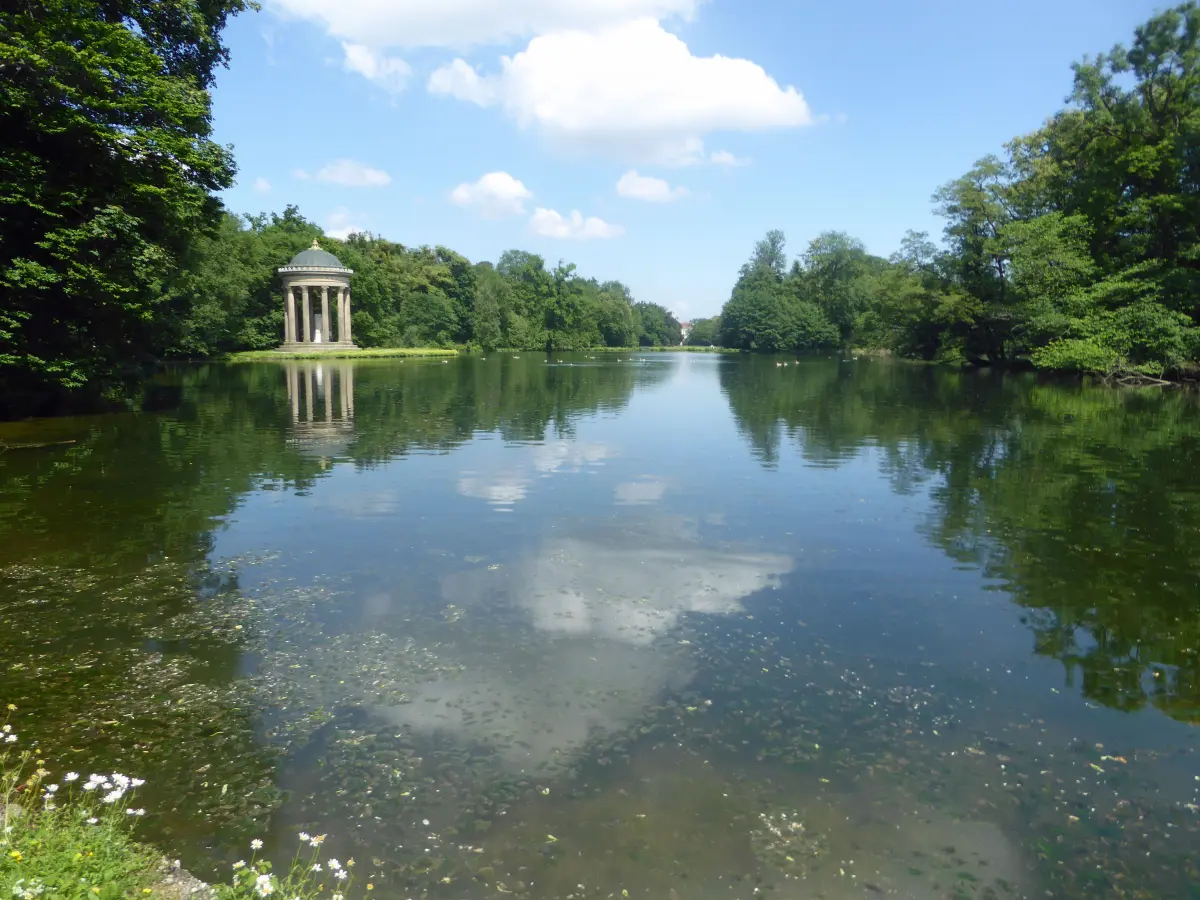
Nymphenburg Park is buzzing: Almost 100 species of wild bees populate the green oasis in the west of the city alongside the honey bee. Among them are many species that parasitise on other wild bee species. Of particular interest are those of the Nomada genus. These "wasp bees" fly at low altitudes above the ground in search of nests of their host bees and have long orange antennae as locating organs.
Gardening with and for nature
Gardens in particular provide important (over-)habitats for many species. And they would assume their important ecological function to a much greater extent if it were not for the unbroken garden trend towards "neat" uniform greenery. Short-cropped lawns, at best garnished with evergreen conifers, still characterise the image of many gardens. On the other hand, the contrary trend towards natural gardens is also having a positive effect in Munich. These are small paradises, oases of well-being for people and homes for animals. Wild corners that provide shelter and breeding grounds for many species alternate with islands of flowers and diverse vegetable beds. Plant protection and fertilisation are carried out with care, own compost and peat-free humus are the means of choice.
If you want to be inspired by the idea of natural gardening in Munich, we recommend a visit to the showcase garden complex "NW 18", which is located between the districts of Untermenzing and Moosach. Green grass paths lined with privet hedges, old lime trees and colourful garden arbours define the image of this urban oasis. Visitors are always welcome - whether for a stroll along the gardens or for a tour of the ideas and educational trail on the design of natural gardens.
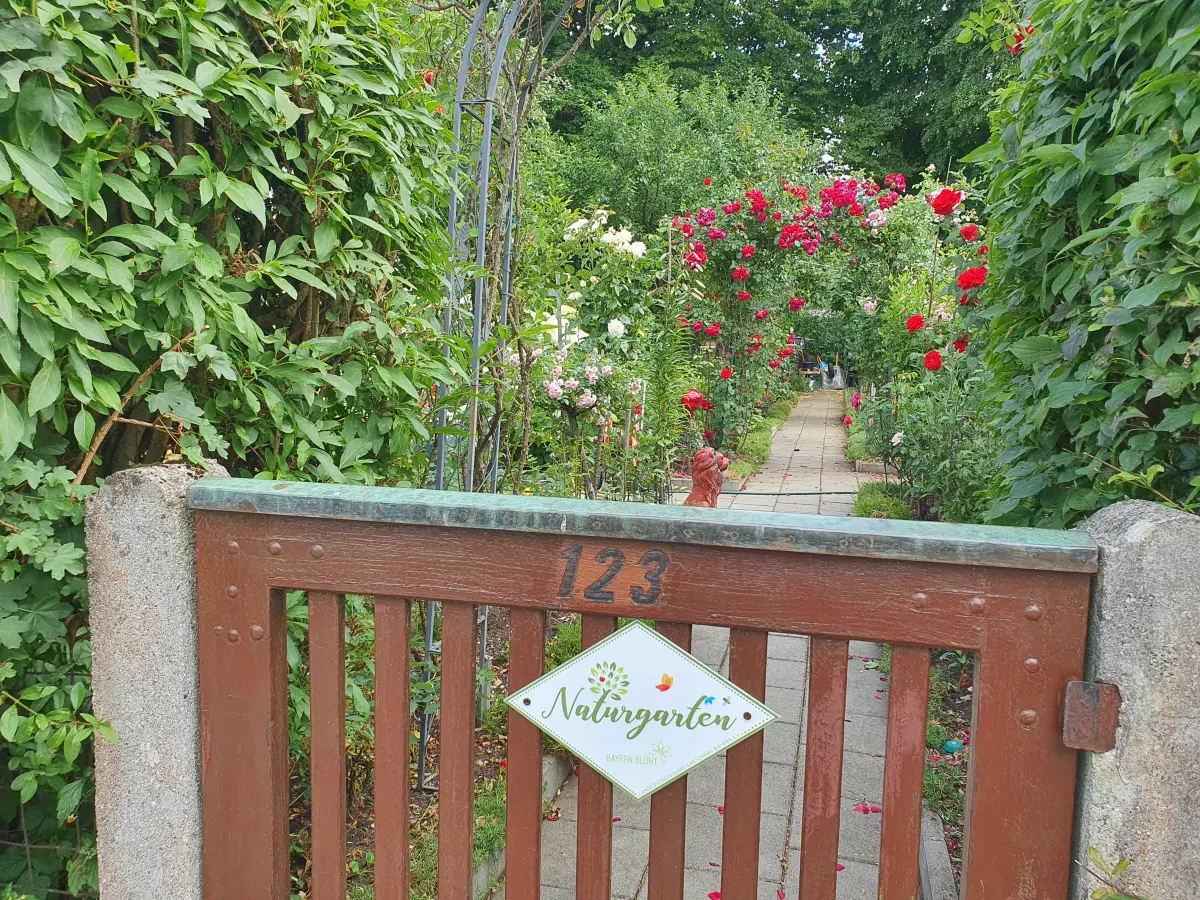
And there are also special offers for the little "gardeners" in the Pestalozzian sense for "heart, head and hand". Since 2009, the children of a neighbouring day-care centre have been in the garden several times a week: preparing beds, sowing, watering, weeding and finally harvesting - in the school garden, the children themselves lend a hand. For their exemplary commitment to nature and in the sense of environmental education, the joint effort of the "eco-gardeners" has been awarded several times, most recently in May 2022 with the "Bayern blüht - Naturgarten" award in gold.
Also in the west of Munich, there is a demonstration plot with deadwood, stone elements and a pond in an allotment garden area. This "biodiversity garden" of the Landesbund für Vogelschutz also gives interested people ideas for species protection measures in their own gardens.
The most spectacular environmental education garden is located in the Werksviertel near the Ostbahnhof - on the green roof of a high-rise building. There are beehives, chickens, vegetable beds, fruit trees and a small alpine hut. The highlight, however, are the grazing Wallis black-nosed sheep.
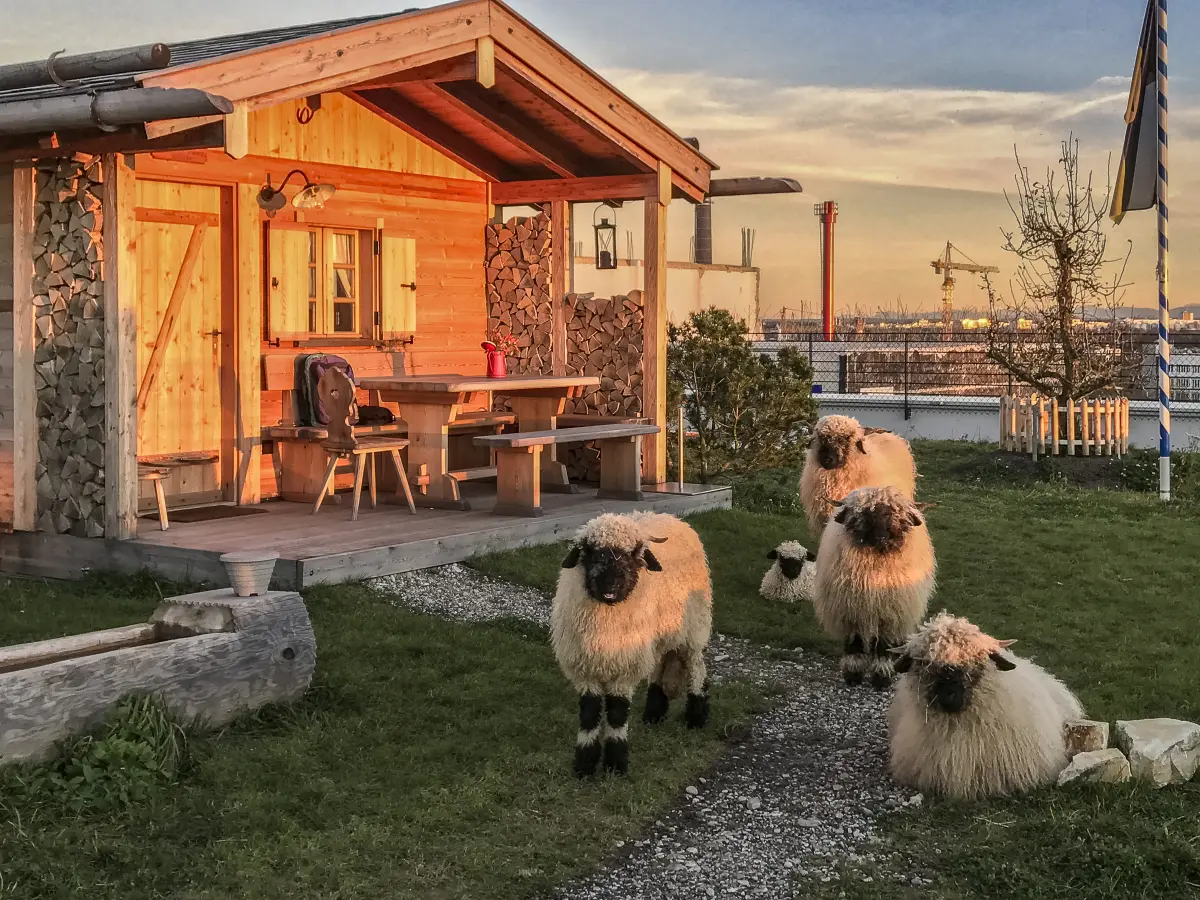
The "Hochalm" is a place of learning and experience for children, young people and adults. Three to four school classes per week come to the alpine pasture school to learn how sustainability can work in practice. In addition, the operating company "Joh's Eckart" offers citizens ecological plots in community gardens and advises companies and representatives of municipalities on the sustainable design of urban neighbourhoods and climate protection. The Werksviertel serves as a model for this.
Haiden
In the Munich area, lime heaths once stretched over huge areas. They are traditionally written "ai" to distinguish them from the areas of other regions, which are completely different in character and species composition and are characterised by broom heath. Although their size today is only a few percent of their original extent of over 15,000 hectares, several hundred hectares are still preserved and are among the most important rough grasslands in Bavaria. The largest are the northern heaths, such as the Fröttmaninger Haide and the Panzerwiese, and the Allacher Haide, which is also under European protection.
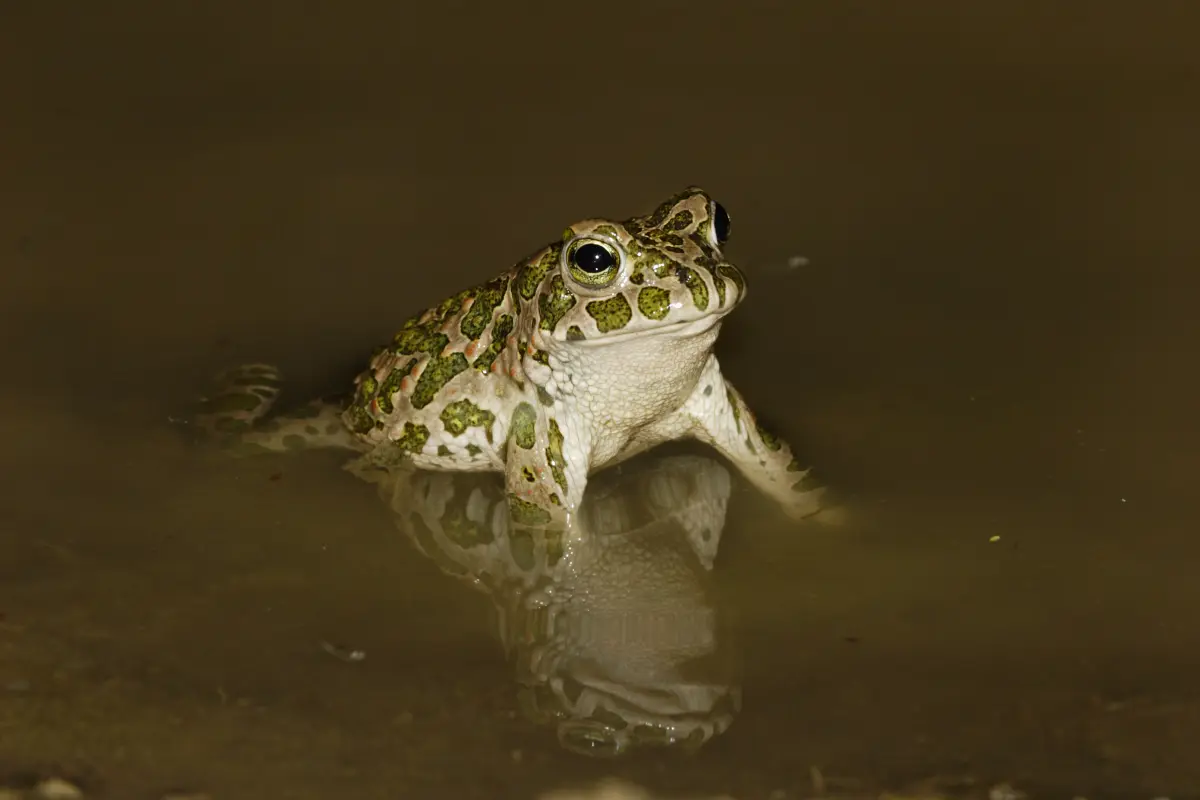
The Fröttmaninger Haide is the largest remaining river gravel heath in southern Germany. This habitat, levelled by glacial meltwater run-off, is characterised by dryness and nutrient poverty. The gravel soil is nevertheless colonised by numerous rare plants and animals that have adapted perfectly to the scarcity of water and nutrients. For example, the largest population of the rare green toad in Bavaria, which is adapted to barren dry sites, is at home here, and the Idas blue butterfly, a highly endangered butterfly species, also has its Bavarian distribution centre in Munich.
The skylark and the spectacular blue-winged grasshopper can also be observed from the paths.
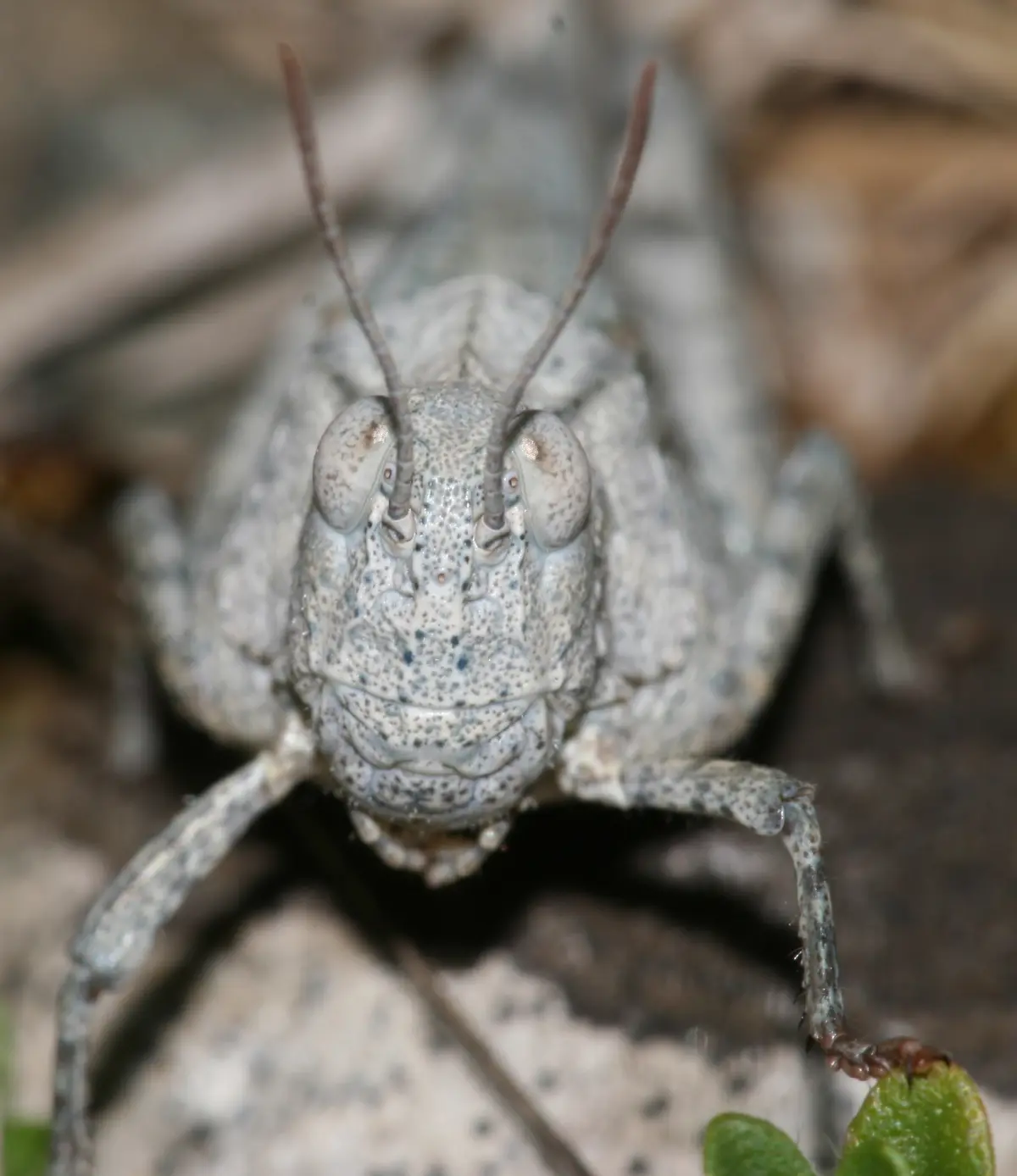
The "HeideHaus" environmental station is located directly at the Fröttmaning underground station. It is the gateway to the Fröttmaning Heath and the central contact point for all visitors. The Heideflächenverein Münchener Norden e. V. (Munich North Heathland Association) is responsible for the facility. A nature trail winds its way across the spacious open-air grounds, providing a good overview of the habitats and the animal and plant species in need of protection. In the HeideHaus, visitors can get further information on nature tours, seminars and nature experience days on offer.
Tarn and moor forests
The name Lohwald or Lohe is probably derived from the Old High German "lo" or "loh" and describes a sparse type of forest or grove that may be interrupted by open areas, such as heathland in the north of Munich. Although they only cover a relatively small part of the city area, today's remnants of the once extensive Lohwald belt are nationally significant zones for biodiversity.
Due to the close interlocking of different habitats, a large number of plants and animals with a high proportion of extremely rare and protected species have been found in the Allacher Lohe, for example. Of the 400 or so plant species found there, 25 alone are endangered according to the Bavarian Red List and 24 are protected according to the Federal Species Protection Ordinance, including the Turk's cap lily.
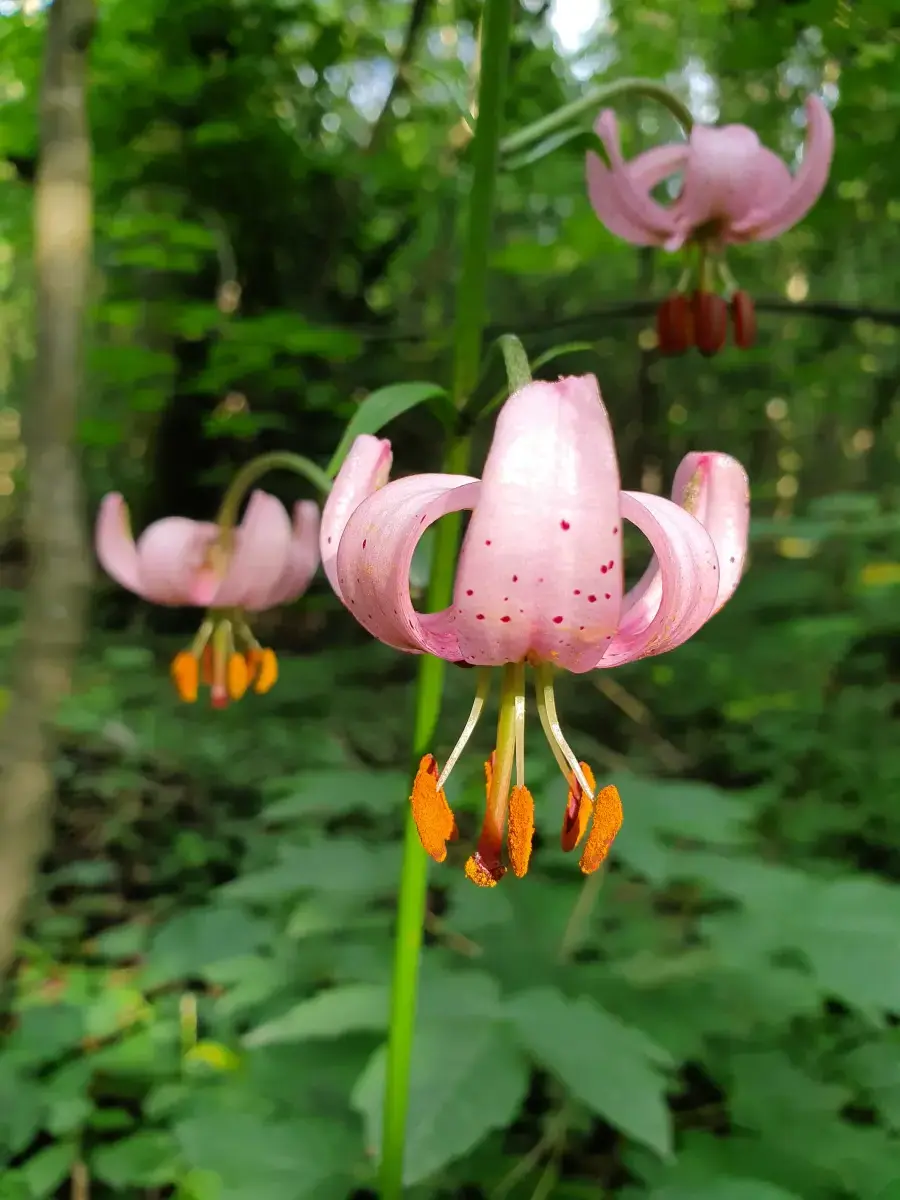
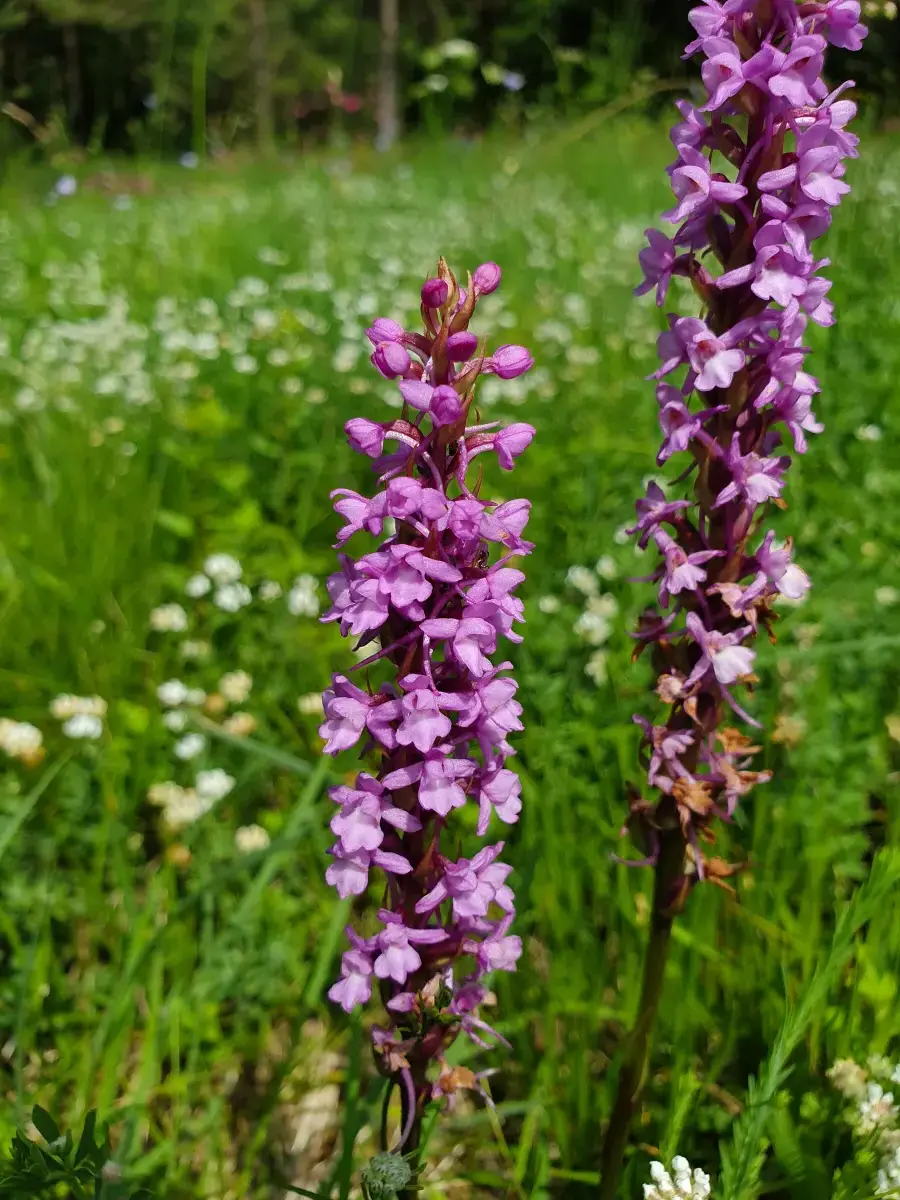
A very special natural jewel is the "Schwarzhölzl", a protected moorland forest in the Munich district of Feldmoching and in the neighbouring communities of Karlsfeld and Oberschleißheim. It gets its name from the moss pines that give it a dark appearance. The area is characterised by wet meadows and litter meadows as well as a bog birch forest.
At the end of the 19th century, peat extraction, which was mainly carried out by Munich breweries, caused the groundwater level to sink steadily, causing the area of today's Schwarzhölzl to lose more and more of its original character. This paved the way for intensive agricultural use. In addition, the Kalterbach stream was straightened and the area was extensively afforested with pines and spruces. The fact that it still has valuable habitats today, or has regained them, is mainly due to the tireless commitment of the conservationist Josef Koller. He was particularly interested in educating people about nature conservation and bird-watching walks. Josef Koller's great merit was that his work and his book "Geliebtes Schwarzhölzl" (Beloved Schwarzhölzl), published in 1990, made the public aware of the importance of this remnant of the Dachau Moos for man and nature.
The core area has a great diversity of habitats. Interspersed with extensive moor and marsh forests, one finds a mosaic of moor grass meadows, semi-arid grasslands, tall herbaceous meadows, reedbeds and sedge meadows. They provide refuges for rare bird species such as the oriole or butterflies such as the small kingfisher and the small butterfly.
Waters
For a long time, the only evidence of the fact that the Romans named it "Isaria rapida" - the raging Isar - was the pronounced floods of the regulated river that crosses the Munich city area from the Austrian Karwendel Mountains to the north. Since 1999, however, the Isar has been gradually freed from its artificial corset in many places in the course of renaturation measures and its natural character has been restored. The "Isar Plan" gave the river new life - gravel banks make its alpine origins visible again and invite Munich residents to linger. But nature also benefited from the measures.
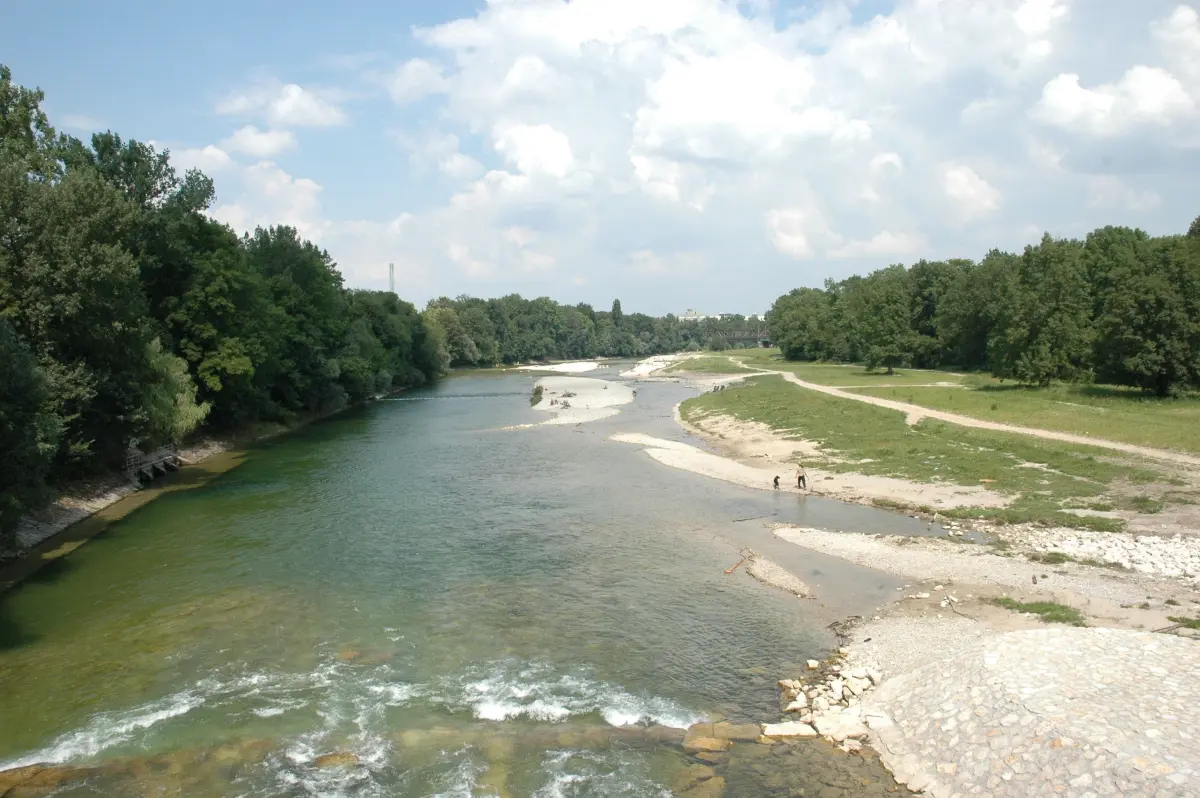
This has improved the living conditions for rare fish species such as the bullhead - and even the impressive huchen is coming back to spawn in the city area. The predatory fish, which belongs to the salmon family, can weigh up to 25 kilograms and reach a maximum length of 150 cm. In no other city in the world does the species, also known as Danube salmon, reproduce naturally in the middle of the urban area. In spring, the spectacle of the huchen's boisterous spawning ritual can be observed from some bridges over the Isar. In some areas, the Isar fishermen, who are committed to preserving this impressive species, stretch barrier tapes along the river to keep pedestrians away from the spawning zones.
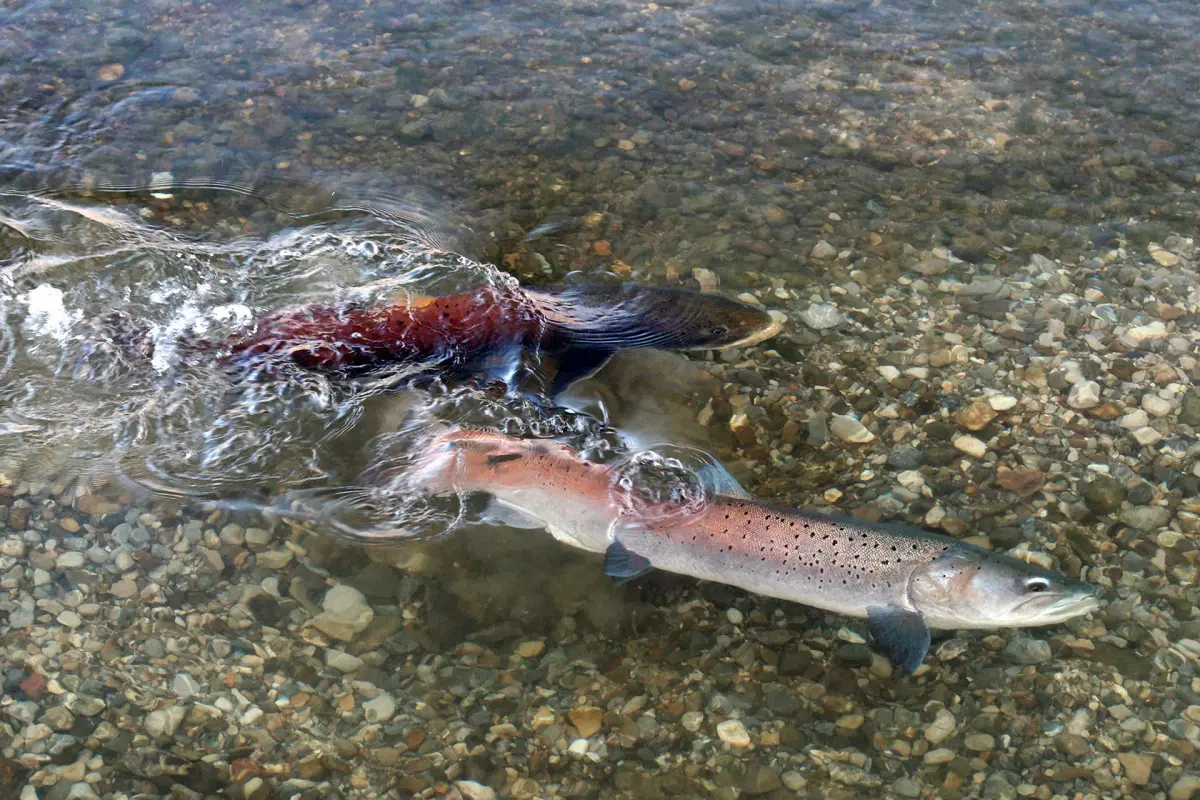
The Würm is Munich's second major river, flowing through the city to the west as an outflow from Lake Starnberg. Inquisitive hikers and cyclists can take advantage of an educational trail along the ten-kilometre-long course of the river between the districts of Pasing and Allach.
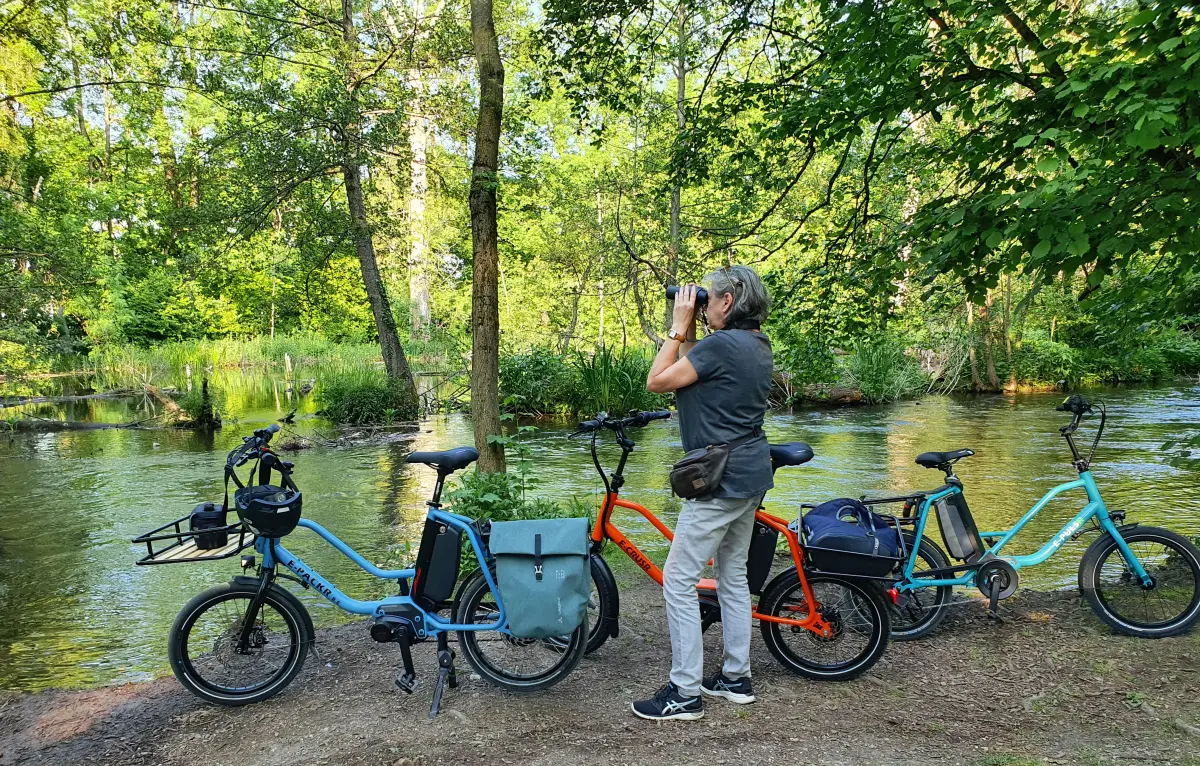
Here they can learn interesting facts about the river and its importance as a natural habitat at a total of seven thematic stations. Those who want to learn more about the ecology of the river can download further information using a QR code on the display boards.
As you, dear readers, can see from our article, the city of Munich offers its visitors and locals an extraordinary wealth of diverse, species-rich natural spaces worthy of protection. Their preservation is not only due to the commitment of associations and societies, but also in a special way to the nature conservation offices of the City of Munich, which contribute to the preservation of valuable biotopes with the targeted use of funds and their own activities and have thus successfully defended the "silverware of Munich's natural heritage" for decades. This article was also written with the expert and friendly support of Markus Bräu from the Nature Conservation and Biodiversity Division in the Department for Climate and Environmental Protection (RKU) of the City of Munich. My special thanks go to him.
We would like to encourage you to discover them, but also urge you to behave considerately, stay on the paths and give the thriving and well-being of our fellow creatures the highest priority in your explorations. Great opportunities to observe nature are offered by guided tours, e.g. by nature conservation associations, where you will also receive a wealth of interesting background information.
Text: Peter Grett
Images:
Lead story: Munich Tourismus, B. Römmelt
Image 1 English Garden: Bavarian Palace Department, Andrea Gruber/Maria Scherf, Munich
Image 2 Kernbeißer: Andreas Giessler, LBV Bildarchiv
Image 3 Beetle: Markus Bräu
Image 4 Lake in Nymphenburg: Markus Bräu
Image 5 Garden gate: Anett Tobies
Image 6 Hochalm: URKERN_Ivana Bilz
Image 7 Ödlandschrecke: Markus Bräu
Image 8 Green toad: Marcus Bosch
Image 9 and 10 Turk's cap lily & mosquito hellebore: Peter Grett
Image 11 Isar renaturation: Wasserwirtschaftsamt München
Image 12: Fish: Clemens Ratschan
Image 13 Bicycle tour along the river Würm: Peter Grett

